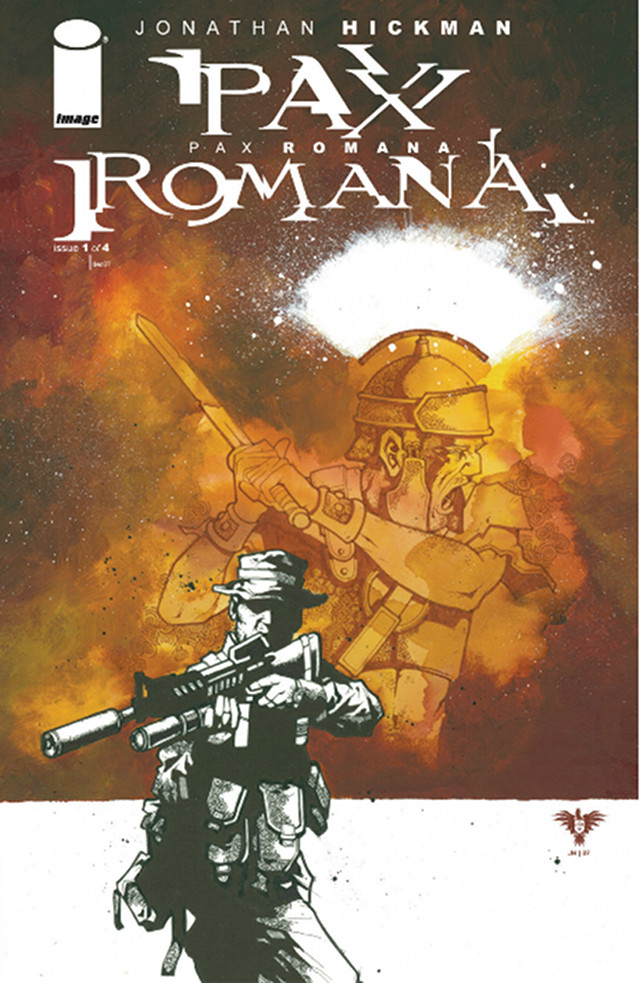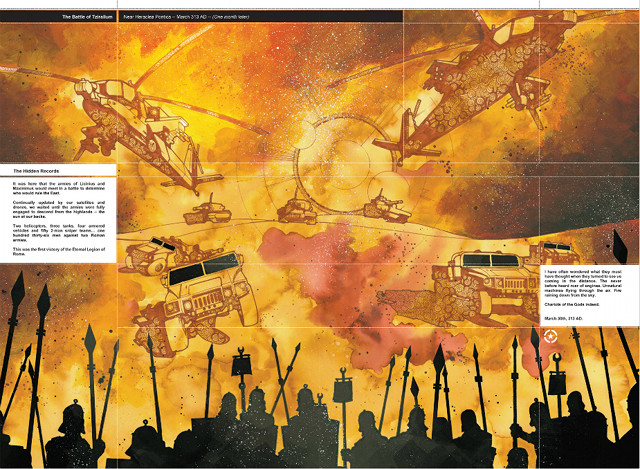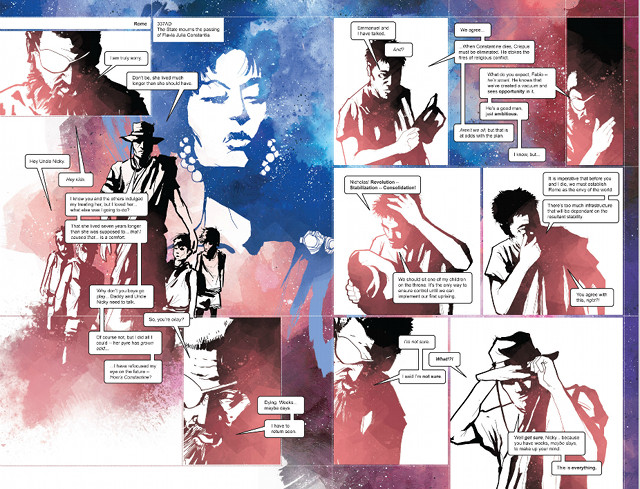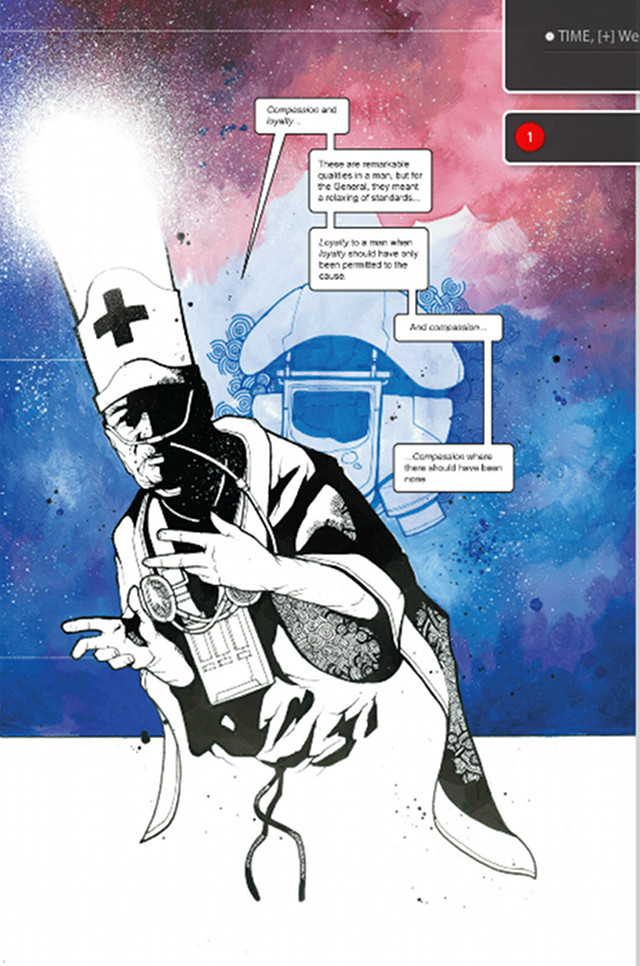SUMMARY
This is AI generated summarization, which may have errors. For context, always refer to the full article.
MANILA, Philippines – With the Holy Week holiday and the selection of the new Pope as well as the consistent news that the Catholic Church has been making lately in its insistence on dictating public policy, it seems an opportune time to take a look at the comic book “Pax Romana.”
Creator Jonathan Hickman notes that this isn’t a commentary on religion and on Roman Catholicism per se but rather a sociological reading. Still, it’s informative to take into account the kinds of things that one might imagine with the Church possessing supreme power.
What form does this supreme power take? In “Pax Romana” the Church has the power to dictate the course of human history. Time travel is discovered in 2053 and the Church, in the first issue, wrestles with the decision of whether to use the discovery or not.
The succeeding issues of the 4-issue series deal with how the time travelers go about changing the timeline and the kinds of issues and complications therewith.
What I enjoy most about the comic book is it is packed with philosophy. At almost every turn it asks us to confront moral and ethical questions. From the very simple, “If given the power to change history, should we?” to the practical questions of governance and the forms that government should take towards achieving the enlightened regime that the time travelers aspire for, it presents us with quandaries which we must argue for ourselves.
Though a lot of readers have already come around to seeing comics as art, a lot yet need to be convinced that comic books are serious intellectual fare. Comics readers already know how smart these books can be. And if you want to win someone over to that kind of thinking, I think that “Pax Romana” is the perfect thing to plop down in their laps.
The book demands so much intelligence and engagement. Hickman doesn’t just cartoon or draw, he designs the pages, playing with layout, employing various techniques such as scripts, and maximizing what can be done with the page. All of this is in the service of the grand ideas which he attempts to engage throughout the book.
“Pax Romana’s” art style is also striking. We’re presented with outlines and hints of people, and the play of foreground and background — all meshing with the layout, design, and text — create the feeling that things are always in flux. We don’t have a particular thing to hold on to.
It’s possible that this is reflective of the series’s narrative frame which comes in the form of a history lesson that the “Gene-Pope” who is “genetically engineered from the preserved DNA of 1026 holy men and women” is giving to young Emperor Constans IV who “recently assumed the throne at the age of 4.”
The visual style creates a feeling too of detachment, but also of wonderment and of scale. There is a grandiosity that is hinted at with each visual.
But again, all of this is in the service of the book’s grand ideas. With each issue and each development, it keeps us asking questions. One of my favorites is the question of hubris, and at what point one must answer for it. We bear witness to the massacre of armies in the time of Constantinople as they attempt to fight “The Eternal Army.”
We see how the leaders of this army wind up dealing with internal struggles and eventually betrayal. And we come to question what this might say about humanity, about history, about the kinds of structures that we believe in and the kinds of structures that we allow to dictate the parameters of our thoughts and lives.
Though I highly recommend the comic book, I did feel that there needed to be more story. Four issues just isn’t enough to tell the stories in the world created here. The ending feels a little rushed, too. But then these are small quibbles against an overall very good book that is compelling and exciting. Most importantly, it challenges readers to think.
I for one could not help but think, “I wish that the Church, and people in general, engaged contemporary issues with the kind of philosophical rigor that the characters in ‘Pax Romana’ display.”
Well, if more people read books like this, there might be hope yet. – Rappler.com

Carljoe Javier teaches English and Creative Writing at the University of the Philippines Diliman, but what he would really like to do is spend the whole time in the classroom talking about comic books. He studies pop culture like comic books, film, and other forms of new media. He wishes he could fit into a superhero costume.
Add a comment
How does this make you feel?




There are no comments yet. Add your comment to start the conversation.